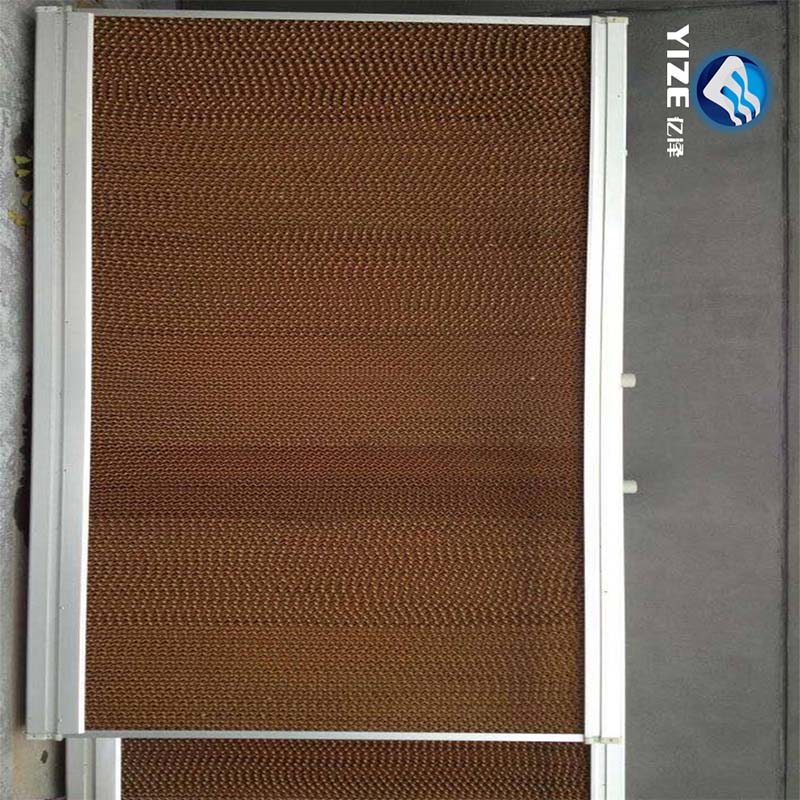Floating Fish Feed Pellet Production Equipment for Aquaculture Needs
Dec . 26, 2024 07:04 Back to list
Floating Fish Feed Pellet Production Equipment for Aquaculture Needs
The Floating Fish Feed Pellet Making Machine A Game Changer for Aquaculture
Aquaculture has seen explosive growth in recent years, serving a crucial role in meeting the increasing global demand for fish. One of the vital components of successful fish farming is the quality of the feed, which contributes significantly to the health, growth rates, and overall productivity of fish. Enter the floating fish feed pellet making machine—a revolutionary innovation that is transforming the aquaculture industry.
What is a Floating Fish Feed Pellet Making Machine?
A floating fish feed pellet making machine is designed to produce high-quality fish feed pellets that can float on water’s surface. This type of machine uses a process called extrusion, where raw materials such as corn, soybean meal, fish meal, and other vitamins are mixed, cooked, and formed into pellets under high temperature and pressure. After extrusion, the pellets expand and cool down, creating a durable product that remains buoyant for hours.
Benefits of Using Floating Fish Feed Pellets
1. Enhanced Nutritional Value Floating fish feed pellets are engineered to offer a balanced nutritional profile which includes protein, fats, vitamins, and minerals essential for fish growth. This ensures that fish receive an adequate diet, leading to faster growth rates and healthier stock.
2. Reduced Feed Waste Traditional feed types often sink and degrade in water, leading to substantial feed waste and pollution. Floating pellets remain on the surface, allowing fish to access the feed more readily while minimizing waste and maintaining a cleaner aquatic environment.
3. Improved Feed Conversion Ratio (FCR) Fish are more likely to consume floating feed rather than sinking pellets, resulting in better feed conversion. A good FCR indicates that the fish are efficiently converting feed into body mass, which is economically beneficial for fish farmers.
floating fish feed pellet making machine

4. Easy Monitoring Floating feed allows farmers to monitor feeding behavior more easily. Farmers can observe how much feed is consumed and adjust feeding rates accordingly to avoid overfeeding, which can cause water pollution.
5. Versatility These machines can be used to formulate pellets for various types of fish, including tilapia, catfish, trout, and ornamental fish. This versatility is crucial for addressing the diverse needs of different fish species within the aquaculture sector.
Components of the Pellet Making Machine
Floating fish feed pellet making machines typically consist of a few key components
- Mixer This part combines all raw materials uniformly. - Extruder The heart of the operation, where the mixture is cooked and formed into pellets. - Dryer After extrusion, pellets are dried to reduce moisture content, ensuring they remain buoyant. - Cooling System This system helps maintain the structural integrity and quality of the pellets. - Packing Machine Finally, the pellets are packed for distribution.
Conclusion
The floating fish feed pellet making machine is a vital tool for modern aquaculture practices. By producing high-quality, nutritionally balanced feed, it not only enhances the growth and health of fish but also promotes sustainable farming practices by reducing waste and improving feed efficiency. As the global demand for fish continues to rise, investing in such machinery is becoming not just an option but a necessity for fish farmers looking to thrive in this competitive industry. The future of aquaculture is brighter with these innovative solutions, paving the way for healthier fish and a more sustainable world.
-
High Performance Exhaust Fan – Efficient Ventilation Solutions for Home
NewsJun.10,2025
-
High-Quality Gestation Pen for Sows Durable Mobile Pig Pen & Simple Pig Pen Solutions
NewsJun.10,2025
-
High Quality Rabbit Cage Double Tier Designs & Welded Wire Mesh Supplier
NewsJun.10,2025
-
Floating Fish Feed Machine - High Efficiency Floating Fish Feed Extruder for Small Scale Production
NewsJun.10,2025
-
Premium Poultry Housing Solutions Mobile & Commercial Free Range Options
NewsJun.10,2025
-
Industrial FRP Fans Corrosion-Resistant Blades & Centrifugal Systems
NewsJun.09,2025






